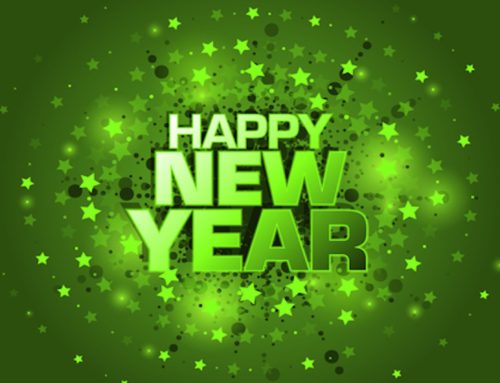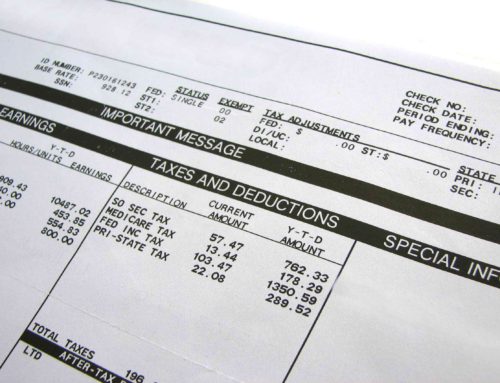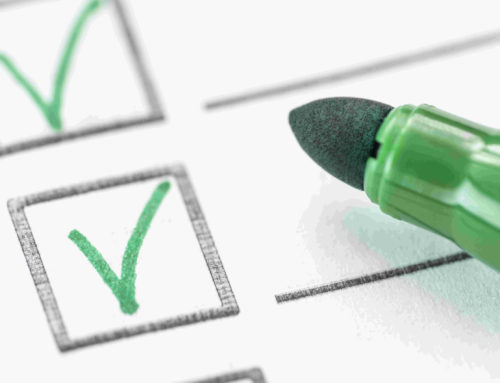I and other personal finance enthusiasts often jump into the middle of explaining more complex topics and focus on helping our readers try to tweak that last 10%. In this post, I’m flipping that and focusing on something way more foundational: the checking and savings accounts.
First, if you haven’t seen the Kevin Hart clip I referenced in the blurb, take 3 minutes to watch it. Then dry the tears from your eyes, clean the flavored water that you spit out off of your phone/tablet/laptop and continue reading.
Checking and Savings
Kevin talks about having to transfer money from his savings to his checking account and the associated transfer delay. The truth in that is that he’s thinking about this the right way. Let’s start with the checking account. What’s its purpose…especially since the vast majority of us don’t write checks? I would guess that some of you reading this have never written a check. That aside, the checking account is the central hub of your personal finance system.
The checking account is where all of your take-home money starts. I specify take-home money because some of your paycheck should ideally be going directly to your 401(k)/403(b) and your HSA through your employer. The rest that comes to you, your take-home money, lands in your checking account via direct deposit.

Pro tip: If you are not being paid via direct deposit, talk to your HR department to have this set up immediately. Depositing or cashing paper checks is time consuming, insecure and can carry a significant cost.
In addition to your checking account, I suggest having two separate savings accounts: an immediate savings account and an emergency savings account. The immediate savings account should be for things that you plan to spend money on in the short term. This could be a piece of furniture, a new TV, or a vacation. The balance in this account will fluctuate as you go through periods of saving and then spending on those larger ticket items. The emergency savings fund is a “just in case” reserve of somewhere between 3 – 6 months of living expenses. This money is intended to be a safety net in case something unexpected happens like you lose your job or you have a major repair or medical bill to pay. If one of these unfortunate life events takes place, your emergency fund is there so you’re not thrown into a financial crisis.
Selecting Your Accounts
For your primary checking account, I suggest going with a bank that is well-known and has great customer service. It’s not super important that they have a local branch, but you want to be able to easily talk with a banker if you ever have any questions. If you use cash often, you will also want to consider the ATM coverage so you’re not charged non-network ATM fees if you ever have to use an ATM other than one operated by your bank. Another option here is to try to negotiate reimbursement of non-network ATM fees when you open your account.
Speaking of fees, choose an account with no monthly maintenance fees. If there are fees, these can often be avoided by setting up direct deposit or maintaining a certain balance in the account. Maintenance fees can typically range from $7 – $12 per month. That’s up to $144 a year so avoid them like someone coughing in 2020. Some banks will try to get you to sign up for a premium account because they offer interest. The interest will be negligible so don’t take the bait. Keep it simple with a free account.
For your immediate savings, you should set up that account at the same bank as your primary checking account and ensure the accounts are linked. This way, you’ll be able to transfer money from your savings account to your checking account (and vice versa) and have it immediately available, circumventing the challenge Mr. Hart faced. This is also important because you can then use your savings account balance to help cover an overdraft situation. Note, however, that this convenience of transferring funds can have a downside if you aren’t diligent. Remember, the money in the immediate savings is to be spent on the things that you planned, not on that spontaneous urge to splurge.
For that very reason, the emergency savings should be set up at a different bank. You don’t want this money to be easily accessible. That reduces the temptation to spend it. Ideally, you build it up and then you forget about it until you actually need it…or better yet get to a point where you don’t need it because you’re freakin rich! For the emergency fund, look for a bank that offers a high interest rate. It’s likely this money is going to sit in this account for a while so it might as well be earning some interest. Google “best savings account interest rates” and start your research there. The interest won’t be a ton, but it’s better than nothing.
Pro tip: You’ll probably find a better interest rate by going with an online bank. I found an online bank offering a promotional 2% APY so I opened my emergency savings account there.

Managing Your Accounts
Once your accounts are set up, do these 5 things to maximize efficiency.
Managing checking and savings accounts isn’t nearly as hilarious as Kevin Hart presents it, but it’s a foundational component of building wealth and moving toward financial independence. Thoughts to share? Drop them in the comments below.








Great post! What bank offered the 2% APY?
It was Vio bank (https://www.viobank.com/). With interest rates so low now, the APY is currently less than 1%.